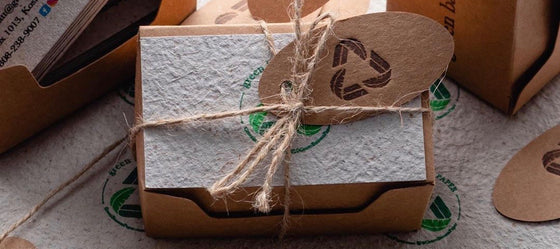![]()
This is the first piece in a segment examining the UN Sustainable Development Goals (SDGs) and Green Banana Paper. All information about the SDGs is based on information from the Sustainable Development Goals Knowledge Platform.

Target 1.1: By 2030, eradicate extreme poverty for all people everywhere, currently measured as people living on less than $1.25 a day
Indicator 1.1: Proportion of population below the international poverty line, by sex, age, employment status and geographical location (urban/rural)
What to know:
Progress as of 2019:
Green Banana Paper was founded to create on-island jobs and sustainable livelihoods for people in Kosrae. The small island has limited economic flow and few job opportunities, making it difficult to end generational cycles of poverty. As a high school teacher for five years, Matt Simpson observed that many of his former students were unemployed in Kosrae or in the USA working for minimum wage.
“While a lot of my graduating students would leave the island in search of jobs or for further education, many would stay on Kosrae, jobless and unable to afford to support themselves or their families. The younger generations are basically forced to trade their beautiful home and families for minimum wage jobs in America. Having left such a life in America myself, I wanted to help create employment opportunities for as many young people as possible, right here on Kosrae.”
Green Banana Paper now employs 22 people, making the company one of the top three private sector employers on the rural island in the Federated States of Micronesia 3,000 miles west of Hawaii and north of New Zealand.
On numbers, the minimum wage in Kosrae is $1.42/hour and the Federated States of Micronesia National Government minimum wage is $2.65/hour. In Green Banana Paper’s company policy regarding the declaration of wages, after one year of training, at the latest, employers’ hourly wages are well above the FSM National Government minimum wage. While we do not have formal statistics on the company’s exact impact on the eradication of poverty in Kosrae, it is clear that this company is having a positive impact, especially for young people ages approximately 20-30 living in multi-generational homes.

Comments will be approved before showing up.

Custom business cards have become one of our most popular items, particularly with businessmen and women who understand the importance of a smaller carbon footprint.
